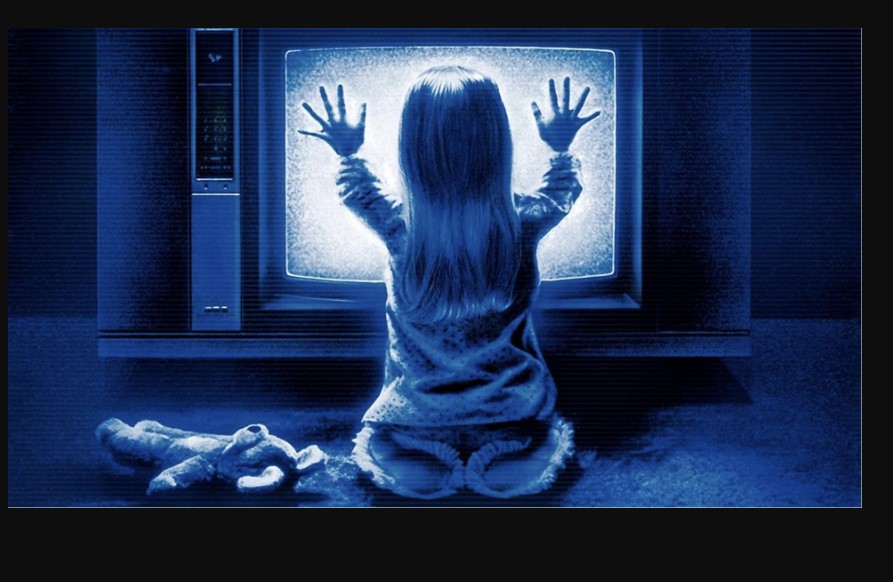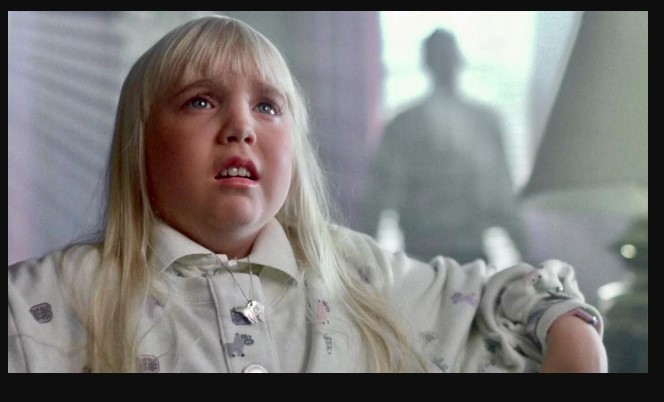Table of Contents
Introduction
The 1982 horror classic “Poltergeist” remains a staple in the genre, known for its chilling plot and memorable scenes.
However, one of the film’s most intriguing and controversial aspects is the claim that real skeletons were used during its production.
This article delves into this eerie detail, exploring the reasons behind this choice, its implications, and its impact on the cast, crew, and audience.
The Shocking Truth Behind Poltergeist

“Poltergeist,” directed by Tobe Hooper and produced by Steven Spielberg, tells the story of a family haunted by malevolent spirits.
The film’s authenticity and fright factor are partly attributed to its practical effects, one of which involved using real human skeletons.
Why Real Skeletons Were Used
Using real skeletons in film production was not entirely uncommon during the 1980s. The decision to use actual human remains in “Poltergeist” was driven by several factors:
- Cost-Effectiveness: Real skeletons were cheaper and more accessible than creating realistic fake ones. At the time, artificial skeletons were expensive and often looked less convincing.
- Authenticity: The filmmakers aimed to create a genuinely terrifying experience. Real skeletons added a layer of authenticity to the scenes that might not have been achieved with props.
- Availability: Medical suppliers routinely provided real skeletons for educational purposes, making them relatively easy to procure for film productions.
Key Scenes Involving Real Skeletons

One of the most famous scenes involving real skeletons occurs towards the movie’s end, where the character Diane Freeling, played by JoBeth Williams, falls into a muddy pool filled with skeletons. Unbeknownst to Williams at the time, these skeletons were real, adding an unintended layer of horror to her performance.
The Impact on Cast and Crew
The use of real skeletons had a profound effect on the cast and crew:
- JoBeth Williams: Williams later revealed her shock and discomfort upon learning that the skeletons she interacted with were real. Despite this, her performance remained professional and compelling.
- Crew Reactions: Many crew members felt uneasy about using human remains, leading to a somber atmosphere on set during the filming of these scenes.
Key Insights and Figures
- Fact: Real human skeletons were commonly used in movies and medical schools during the 20th century due to their availability and cost-effectiveness.
- Insight: The revelation about real skeletons has contributed to the enduring legend of the “Poltergeist curse,” a series of unfortunate events and deaths associated with the film’s cast and crew.
- Figure: The production cost of using real skeletons was significantly lower than fabricating realistic props, which could cost thousands of dollars per skeleton.
The Poltergeist Curse
The use of real skeletons is often cited as contributing to the so-called “Poltergeist curse.” This curse refers to the untimely deaths and tragic events that befell several people associated with the film:
- Heather O’Rourke: The young actress who played Carol Anne Freeling died at the age of 12 due to a misdiagnosed medical condition.
- Dominique Dunne: The actress who played Dana Freeling was murdered by her ex-boyfriend shortly after the film’s release.
Pros and Cons of Using Real Skeletons in Film
Pros:
- Realism: Provides a higher degree of realism in scenes requiring skeletal remains.
- Cost-Effective: More affordable than creating high-quality artificial skeletons.
- Authenticity: Adds an authentic and unsettling element to horror films.
Cons:
- Ethical Concerns: Raises questions about the respect and treatment of human remains.
- Actor Discomfort: This can cause significant distress among cast and crew members.
- Superstition and Fear: Contributes to superstitions and fears, such as the “Poltergeist curse.”
Conclusion
The use of real skeletons in the 1982 movie Poltergeist is a fascinating yet macabre detail that contributes to the film’s legacy.
While it added an undeniable layer of authenticity and horror, it also sparked ethical debates and fueled rumors of a curse.
Despite these controversies, “Poltergeist” remains a beloved classic in the horror genre, remembered not only for its terrifying story but also for the eerie truths behind its production.
FAQs
Q: Why did the filmmakers use real skeletons in “Poltergeist”?
A: Real skeletons were used because they were cheaper and more readily available than realistic fake skeletons at the time. They also added authenticity to the scenes.
Q: How did the actors feel about using real skeletons?
A: Many actors, including JoBeth Williams, were shocked and uncomfortable upon learning about the use of real skeletons, but they maintained professional performances.
Q: What is the “Poltergeist curse”?
A: The “Poltergeist curse” refers to a series of tragic events and untimely deaths involving cast and crew members of the “Poltergeist” film series.
Q: Are real skeletons still used in movies today?
A: The use of real skeletons in films is rare today due to ethical considerations and the availability of high-quality artificial skeletons.
Q: How did using real skeletons affect the film’s legacy?
A: Using real skeletons added to the film’s eerie reputation and contributed to the legend of the “Poltergeist curse,” enhancing its status as a horror classic.

